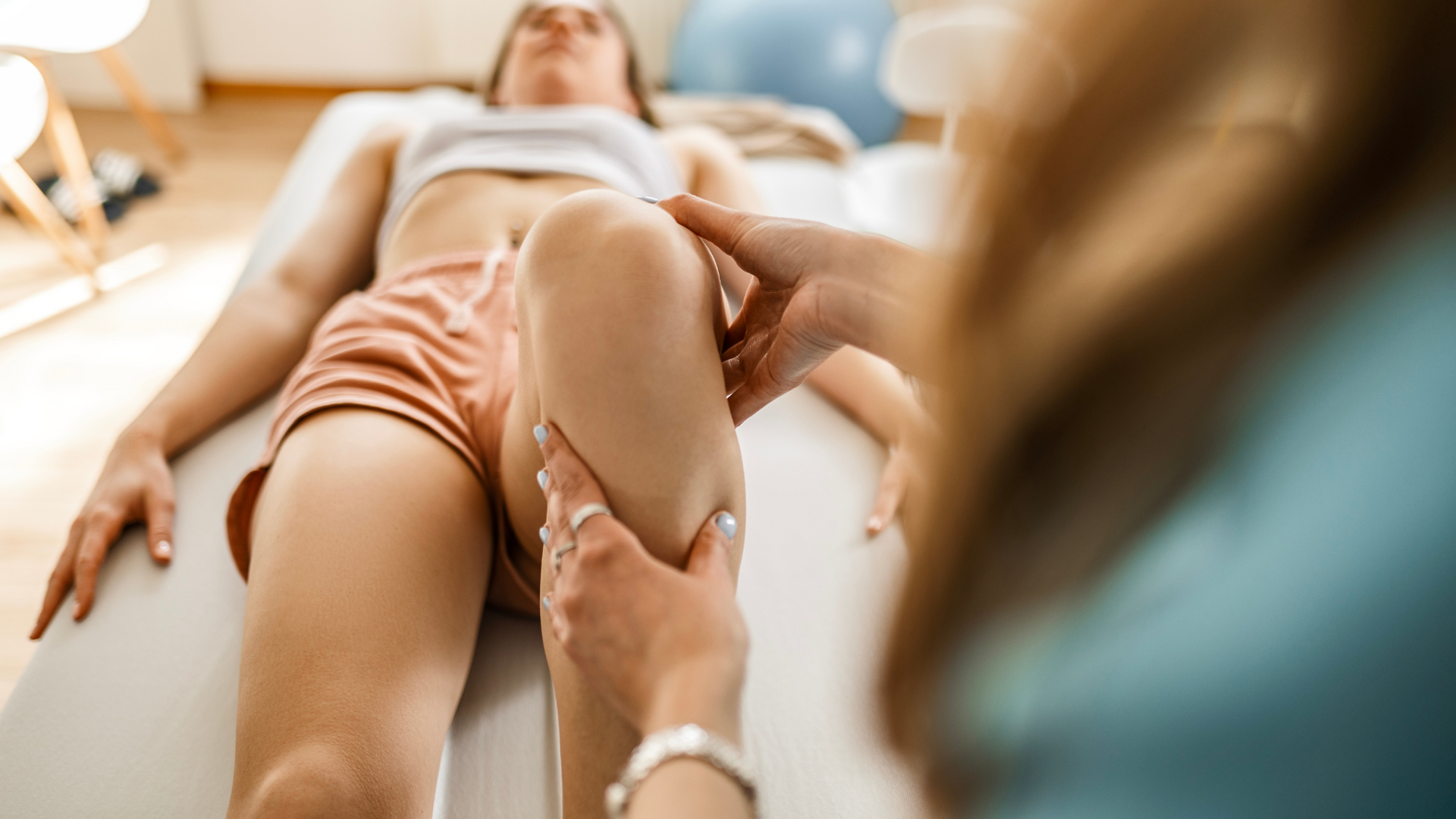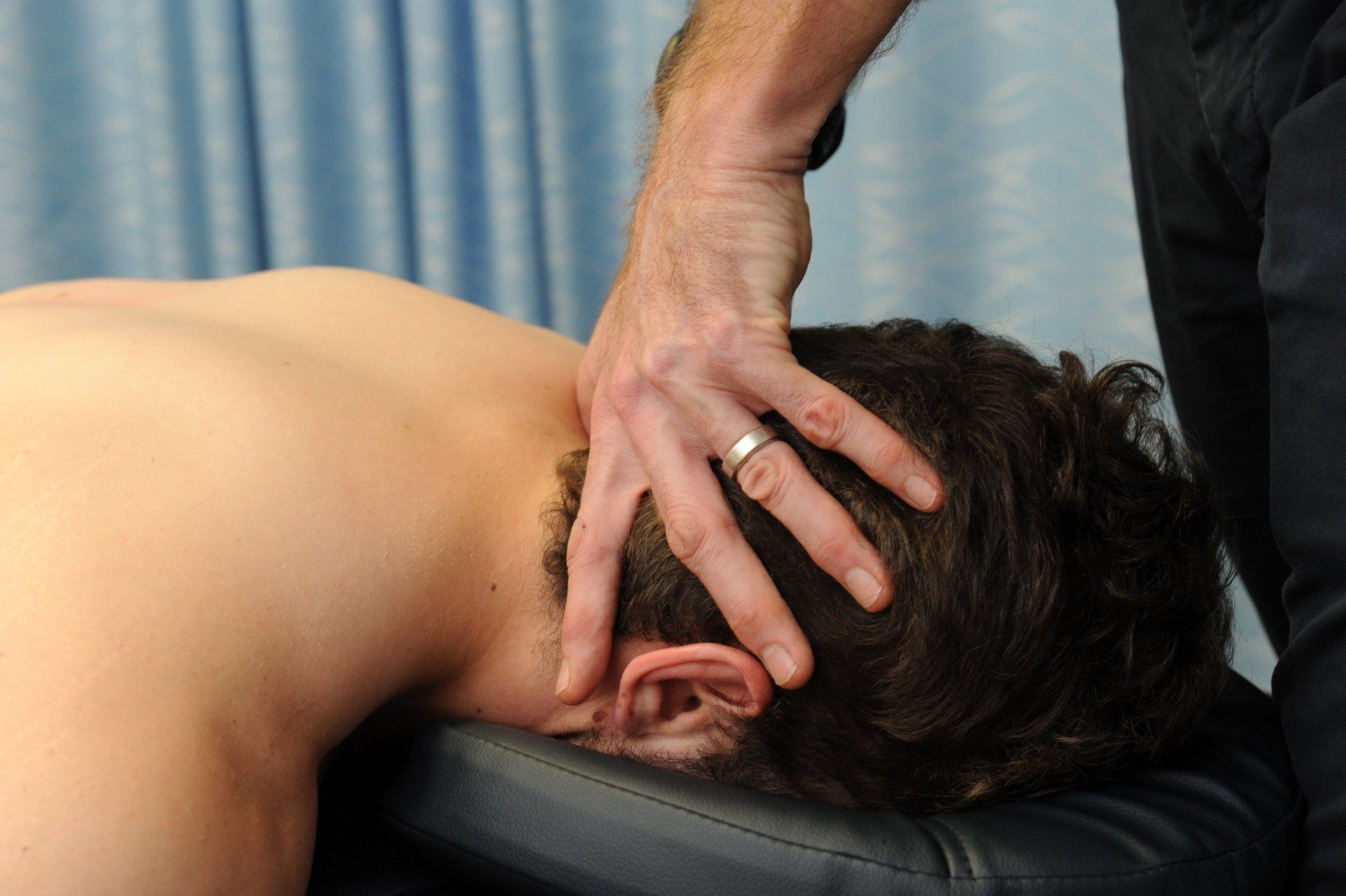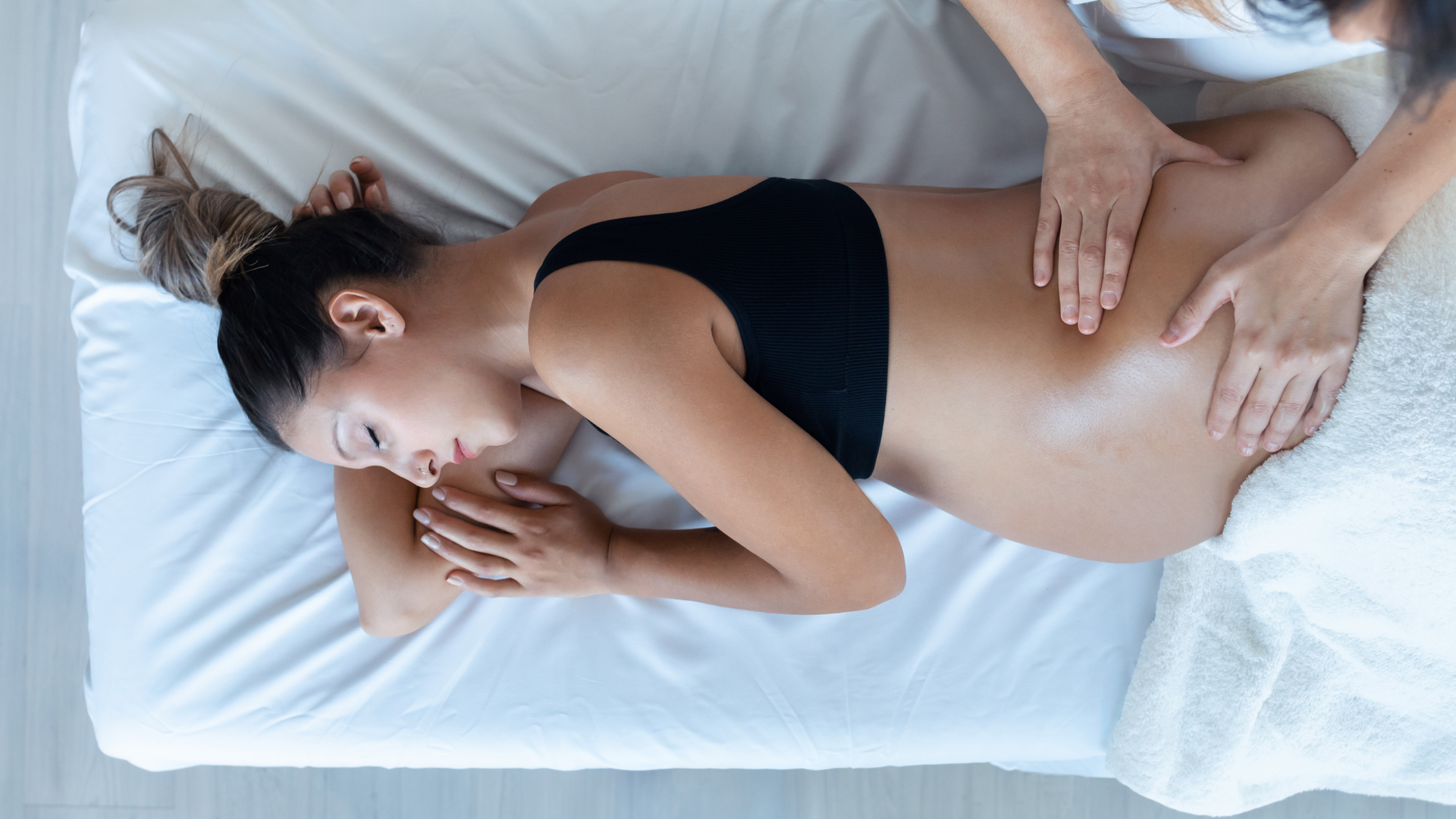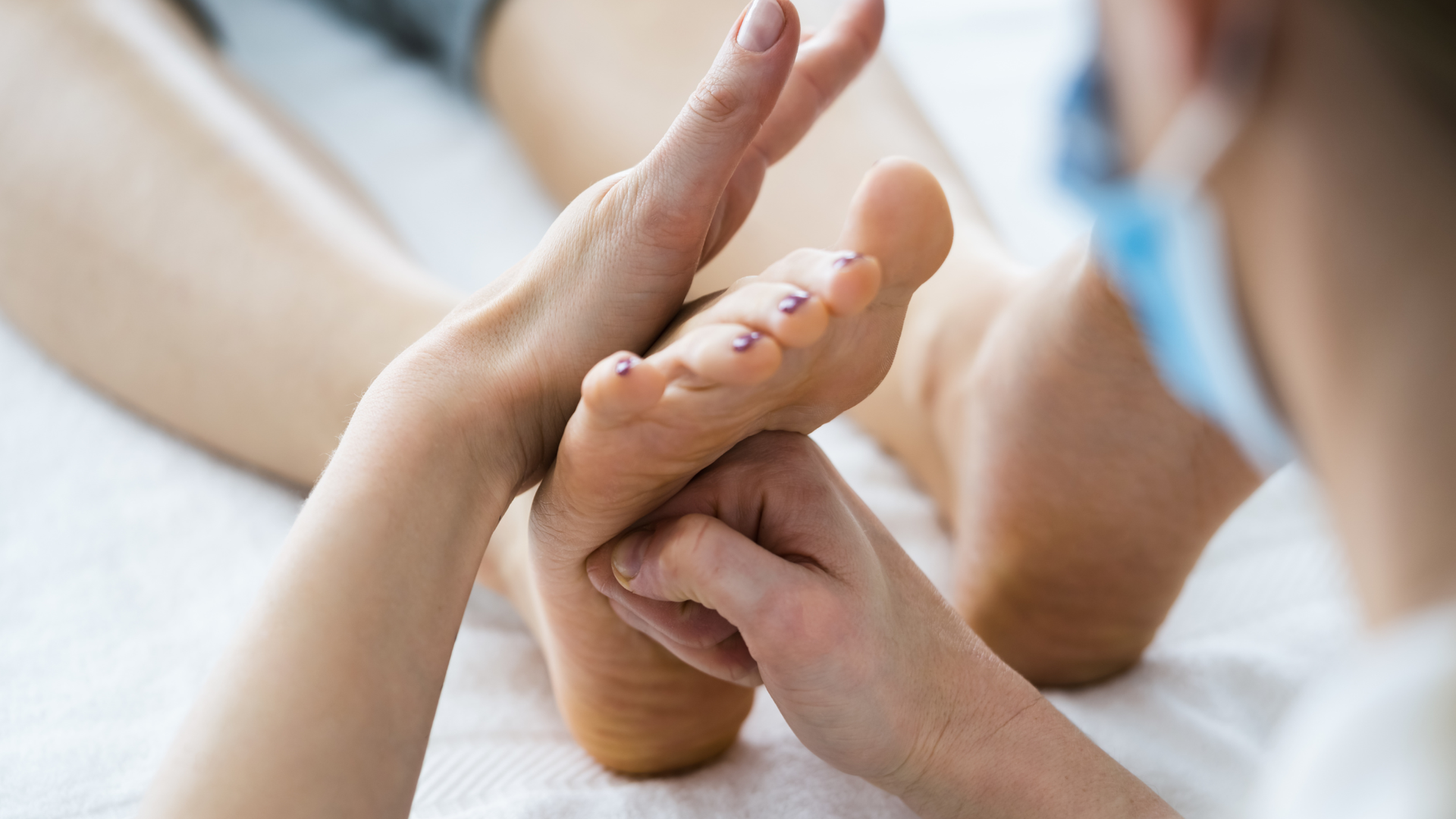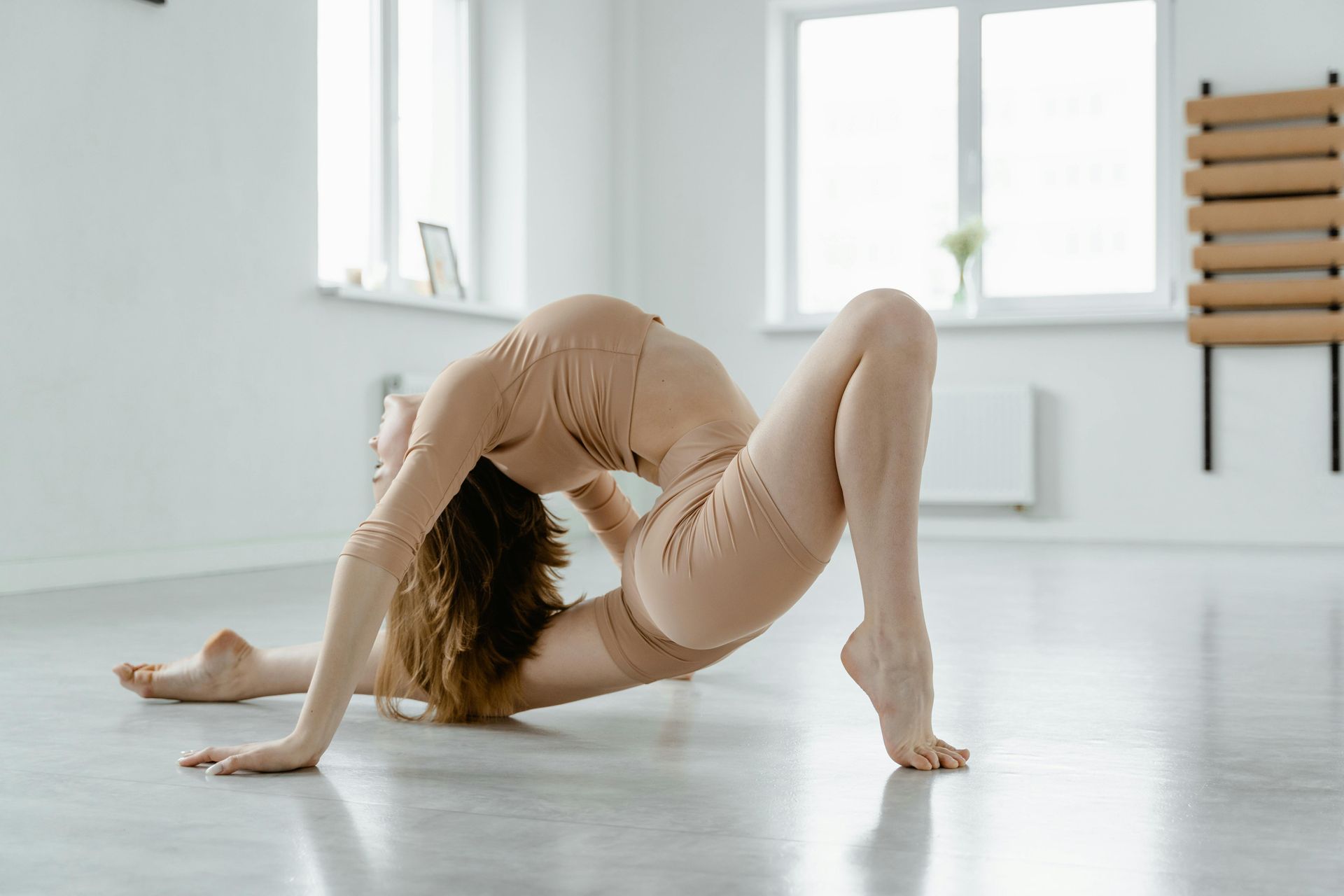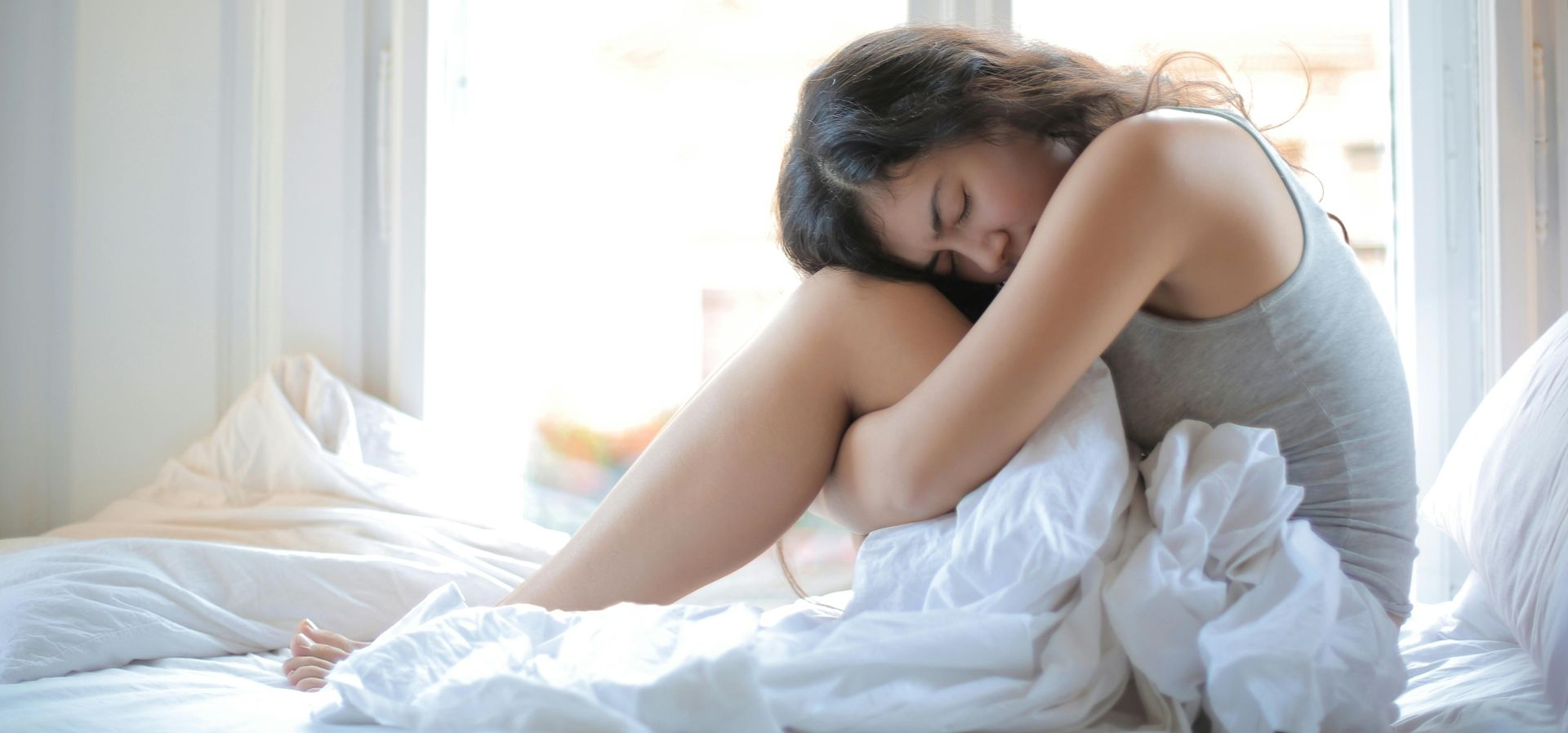Hydrotherapy for Osteoarthritis
Moving, just keep moving.

Osteoarthritis (OA) is common. It affects approximately 1 in 5 Australians over the age of 45 and 1 in 3 over the age of 75 years old. That equates to over 4 million Aussies and rising. It is the second most common cause of early retirement and costs the Australian health system a whopping $5 Billion dollars annually.
OA is thought to result from the bone working extra hard to repair itself. This might be the result of acute trauma, damage to ligaments, inflammation of the joint, or malalignment of the joint. While the most commonly affected areas include the hips, knees, first toe, and fingers, OA can affect any joint. Symptoms may include:
- Stiff and swollen joints
- Muscle weakness
- Joint pain
- Difficulty performing normal daily activities such as climbing stairs or even sometimes just walking can be difficult and painful
The evidence for managing osteoarthritis is unequivocal – EXERCISE.
While some over the counter medications may provide temporary relief, what your joints need is graded exercise. This will help stimulate the joint line cartilage, stretch out joint capsules and ligaments and get muscles stronger to provide a dynamic support to the joint.
Many people with OA find land-based exercise painful and challenging. Fortunately, research shows us that aquatic exercise is equally as effective as land-based exercise in improving quality of life, pain and function for people with knee osteoarthritis. And you don’t need to be able to swim.
There are many benefits associated with exercising in water:
- Buoyancy. When we stand in waist deep water, our body weight is reduced by 50%, allowing you to move more freely and with less pain.
- Resistance. The water provides a force to move against, helping strengthen muscles and improve function.
- Warmth. The heated water in a hydrotherapy pool helps to relieve pain and improve flexibility.
- Cardio. Exercise in the pool is a great way to increase your heart rate when this may be too painful to do on land.
Studies have shown that attending twice weekly for a minimum of six weeks has the best outcomes but speak with your physiotherapist as combining hydrotherapy with a land-based program may be better for you. Give us a call now to find out how hydrotherapy can help you.
If your looking for some more information on the benefits of exercise and hydrotherapy for osteoarthritis, check out theses perspectives from the Journal of Orthopaedic Sports and Physical Therapy:
- Exercise Is Essential for Osteoarthritis: The Many Benefits of Physical Activity
- Aquatic Physical Therapy: Running in Water Decreases Stress on the Body
Resources:
- Waller B et al. Effect of therapeutic aquatic exercise on symptoms and function associated with lower limb osteoarthritis: systematic review with meta-analysis. Phys Ther. 2014; 94:1383-1395
- Barker AL, Talevski J, Morello RT, Brand CA, Rahmann AE, Urquhart DM. Effectiveness of aquatic exercise for musculoskeletal conditions: a meta-analysis. Arch Phys Med Rehabil. 2014 Sep 1;95(9):1776-86
